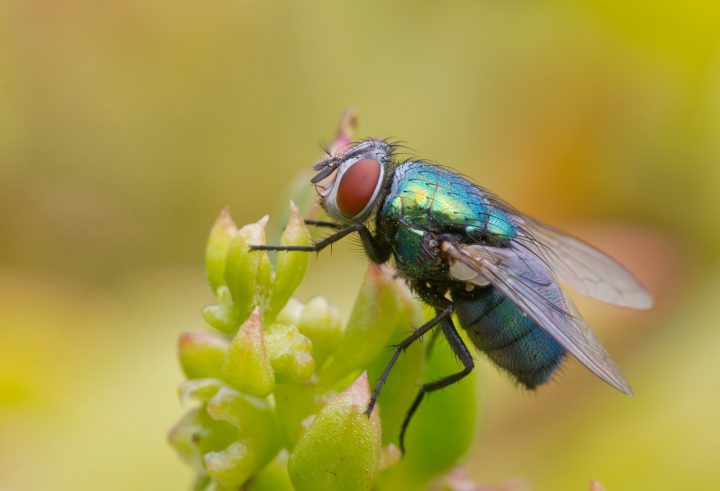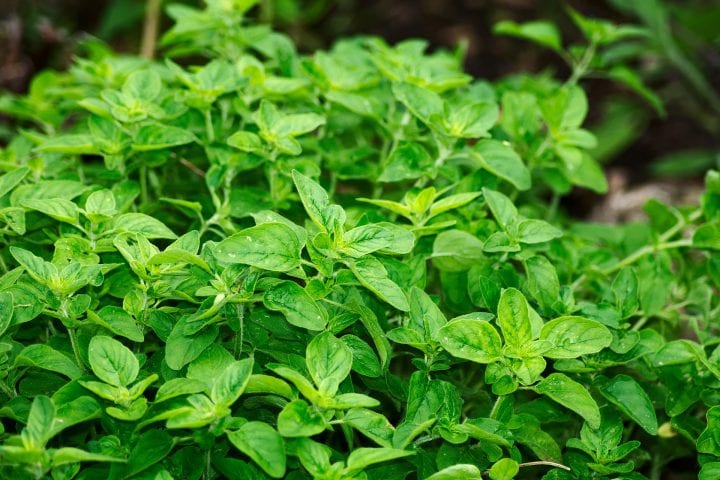The metabolism of Mycobacterium gilvum can break down polycyclic aromatic hydrocarbons, including pyrene, via the dioxygenase NidAB enzyme.
“Mycobacterium gilvum (previously referred to as Mycobacterium flavescens strain PYR-GCK) has been isolated in the sediment from the Grand Calumet River in Indiana as a strain capable of using pyrene as a sole source of carbon and energy. This strain was also capable of metabolizing such polycyclic aromatic hydrocarbons (PAHs) as phenanthrene and fluoranthene, but not naphthalene, chrysene, anthracene, fluorene, or benzo[a]pyrene (Dean-Ross and Cerniglia, 1996). The first step of pyrene degradation is catalysed by the same two-subunit aromatic ring-hydroxylating dioxygenase NidAB as the one found in Mycobacterium vanbaalenii and other PAH-degrading mycobacteria (Brezna et al., 2003). Thus, M. gilvum probably differs from them in the downstream steps of PAH degradation, which now could be deduced through genome comparisons.” (Galperin 2007:1871-1872)





